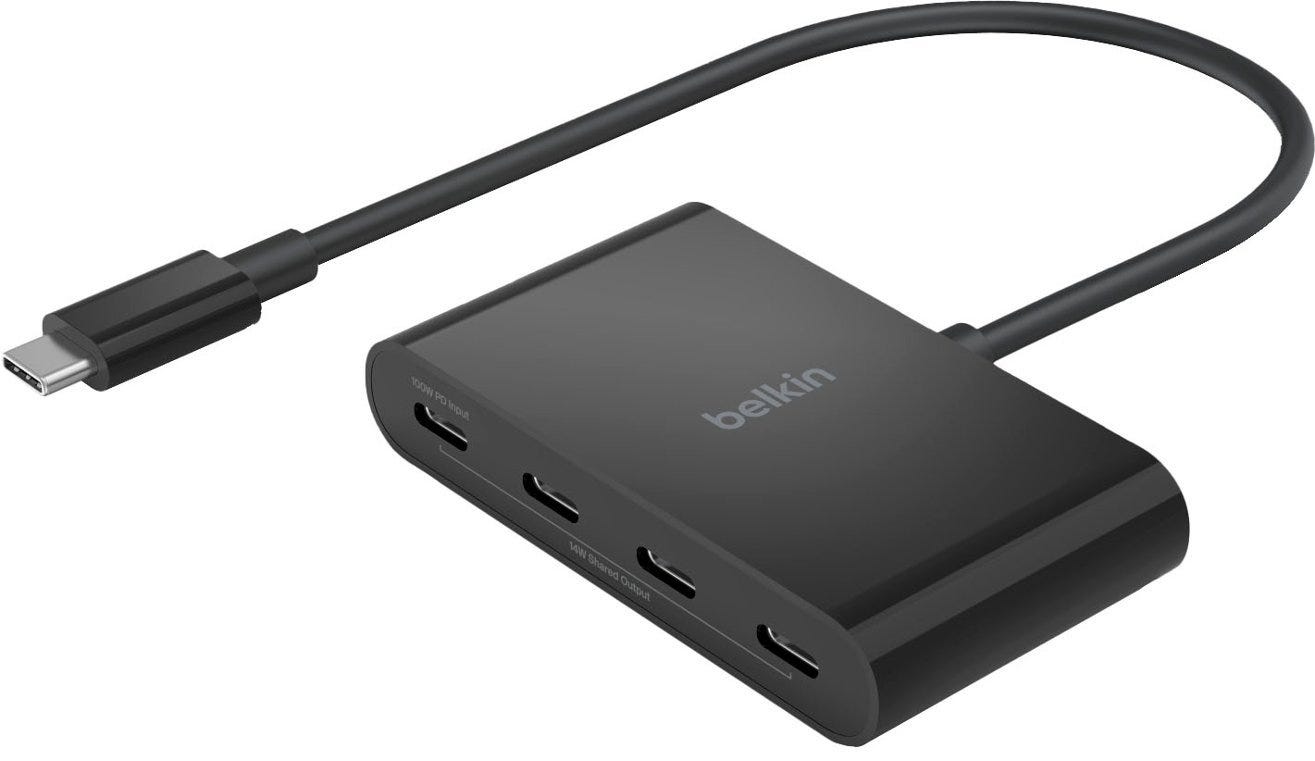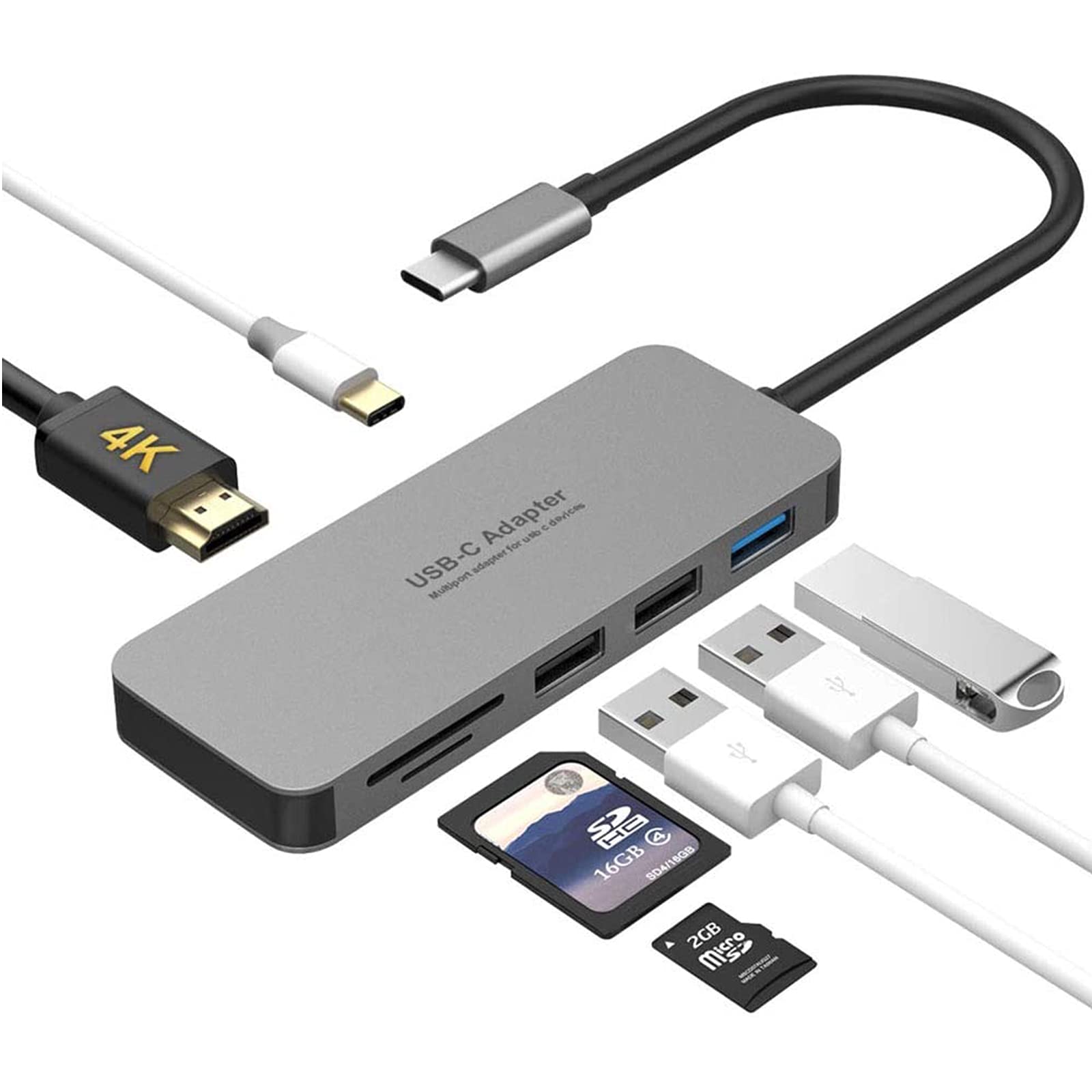Table of Contents
Introduction
In the fast-paced world of technology, the humble charger plays a crucial role in powering our devices and keeping us connected. Among the various types of chargers available, USB-C chargers have emerged as a game-changer, offering faster charging speeds, greater versatility, and enhanced compatibility with a wide range of devices. In this comprehensive guide, we will explore the evolution, functionality, and impact of USB-C chargers, delving into their technical specifications, advantages, and future prospects.
The Birth of USB-C

The USB-C connector was introduced by the USB Implementers Forum (USB-IF) in 2014 as the next-generation USB standard. Unlike its predecessors, USB-C features a reversible design, allowing users to plug in their devices without worrying about orientation. This innovative design was a significant improvement over previous USB connectors, offering greater convenience and ease of use.
Technical Specifications and Features

USB-C chargers boast a range of technical specifications and features that set them apart from traditional chargers. One of the most notable features is their ability to deliver higher power outputs, enabling faster charging speeds for compatible devices. Additionally, USB-C chargers support bi-directional power delivery, allowing devices to both send and receive power through the same cable.
Moreover, USB-C chargers support data transfer speeds of up to 10 Gbps, making them ideal for transferring large files and multimedia content between devices. The USB-C standard also supports alternate modes, such as DisplayPort and HDMI, allowing users to connect their devices to external displays and peripherals with a single cable.
Versatility and Compatibility

USB-C has become the standard charging port for many modern smartphones, tablets, laptops, and other electronic devices. This widespread adoption has made USB-C chargers a convenient option for users who own multiple devices and wish to streamline their charging setup.
Furthermore, USB-C chargers are backward compatible with older USB standards, such as USB-A and USB-B, thanks to the use of adapters and converter cables. This interoperability ensures that users can still use their existing peripherals and accessories with USB-C devices, reducing the need for additional adapters and cables.
The Impact on Consumer Electronics
The introduction of USB-C chargers has had a significant impact on the consumer electronics industry, driving innovation and shaping the design of new devices. Manufacturers have embraced USB-C as the standard charging port for their flagship smartphones, tablets, and laptops, phasing out older charging standards in favor of the new connector.
Moreover, the adoption of USB-C chargers has paved the way for the development of new product categories, such as USB-C power banks, docking stations, and multi-port chargers. These accessories offer users greater flexibility and convenience, allowing them to charge multiple devices simultaneously or extend the functionality of their devices through alternate modes.
Future Prospects and Developments

Looking ahead, the future of USB-C chargers appears promising, with continued advancements in technology and increasing demand for fast, reliable charging solutions. Manufacturers are continually refining the design and performance of USB-C chargers, with an emphasis on efficiency, safety, and sustainability.
Furthermore, the ongoing rollout of 5G networks and the proliferation of Internet of Things (IoT) devices are expected to drive further adoption of USB-C chargers, as users seek fast and reliable charging solutions for their increasingly connected lifestyles. Additionally, emerging technologies such as gallium nitride (GaN) chargers promise to further improve the efficiency and performance of USB-C chargers, paving the way for even faster charging speeds and smaller form factors.
Conclusion
In conclusion, USB-C chargers have revolutionized the way we power and connect our devices, offering faster charging speeds, greater versatility, and enhanced compatibility. With their reversible design, high power outputs, and support for data transfer and alternate modes, USB-C chargers have become the go-to charging solution for many consumers and businesses alike. As technology continues to evolve and the demand for fast, reliable charging solutions grows, USB-C chargers are poised to play an increasingly prominent role in powering the devices of tomorrow.
For More Information Please Visit These Websites Mindmeister